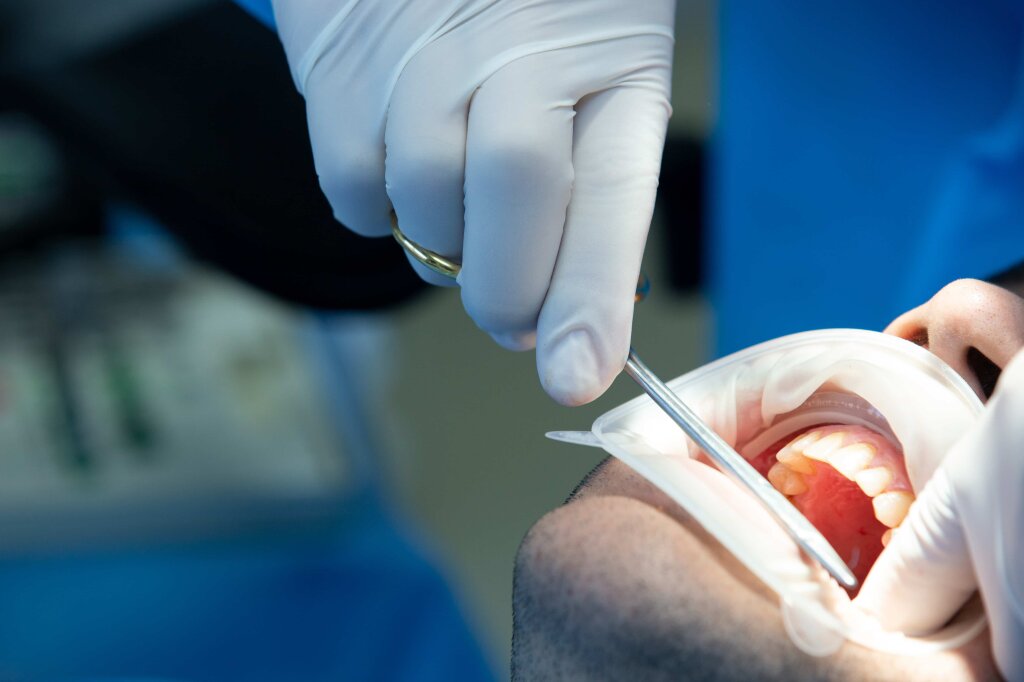A beautiful smile is not just about straight and white teeth. Gum health and aesthetics are also crucial elements of an attractive smile. Gum aesthetics plays a significant role in smile design and is an increasingly popular treatment method. So, what is gum aesthetics, and when is it necessary? In this article, we will explore what gum aesthetics is, how it is applied, and who can benefit from this treatment.
What Is Gum Aesthetics?
Gum aesthetics encompasses a range of treatments aimed at achieving symmetrical, even, and healthy-looking gums. This treatment includes procedures such as reshaping the gums, removing excess gum tissue, or correcting gum recession. Gum aesthetics complements the aesthetic appearance of teeth and supports overall oral health.
When Is Gum Aesthetics Applied?
Gum aesthetics is used to address various aesthetic and functional issues. Here are the primary situations where this treatment is applied:
Gummy Smile: Some individuals show too much gum when they smile, a condition known as a "gummy smile." Gum aesthetics can correct the gums and make the teeth more prominent.
Gum Recession: Gum recession exposes the roots of the teeth, leading to both aesthetic and health issues. Gum aesthetics can treat this recession by covering the exposed roots.
Gum Asymmetry: Uneven or asymmetric gums can make teeth appear of unequal lengths. Gum aesthetics corrects these asymmetries, making the teeth appear more even and aesthetically pleasing.
Gingival Hyperplasia: In cases of excessive gum growth, excess tissue can be surgically removed and the gums reshaped. This condition often arises as a side effect of orthodontic treatment or certain medications.
How Is Gum Aesthetics Applied?
Gum aesthetics is tailored to the individual needs of the patient. The treatment process typically involves the following steps:
Evaluation and Planning: First, the dentist thoroughly evaluates the patient's oral structure and gum condition. During this phase, a treatment plan is created, considering the current state of the gums, the length of the teeth, and the patient's smile line.
Surgical Intervention: Gum aesthetics is usually performed under local anesthesia. Surgical procedures may include laser gum reshaping, gum tissue removal (gingivectomy), or correction of gum recession (gingivoplasty). Modern technologies make these procedures quicker and more comfortable.
Recovery Process: After surgery, it is important for patients to pay attention to the recovery process. The dentist will provide advice on oral hygiene and offer recommendations to support the healing process. Most patients can return to normal activities within a few days.
Post-Gum Aesthetics Care
After gum aesthetics, it is crucial to maintain good oral hygiene. There may be slight swelling or sensitivity in the gums following surgery, but this usually subsides within a few days. Eating soft foods and avoiding hard foods can help speed up the recovery process. By following your dentist’s recommendations, you can ensure the lasting results of your gum aesthetics treatment.
Achieve Beautiful and Healthy Smiles with Gum Aesthetics
Gum aesthetics is one of the most important elements of a beautiful smile. Healthy, symmetrical, and even gums enhance the appearance of your teeth and boost your confidence. If you are not satisfied with your smile and are experiencing issues with your gums, you can benefit from a detailed evaluation with your dentist regarding gum aesthetics.






